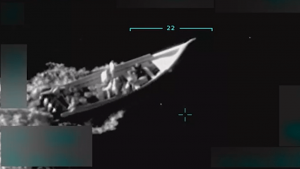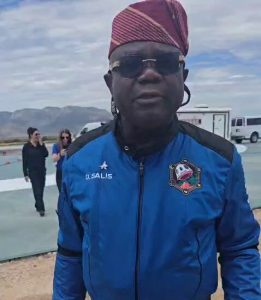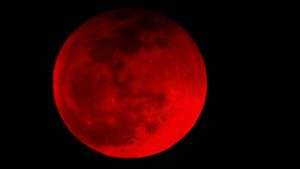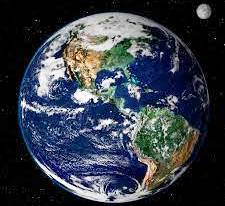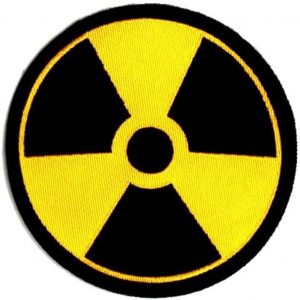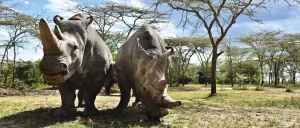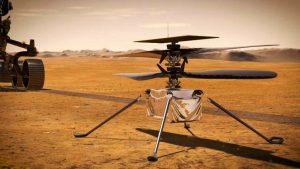Iran launched its Zoljanah (also spelled Zuljanah) satellite carrier rocket on 27 June, 2022 amidst tension.
The rocket: 25.5 metres tall with a diameter of 1.5 metres, weighing 52 tonnes, can take a payload of 220 kilogams (485 lbs) into an orbit of 500 kilometres (310 miles).
The Zoljanah Satellite Launch Vehicle is a hybrid propellant satellite carrier rocket.
It has three stages: the first two are solid-fuelled, while the last is liquid-fuelled.
It can therefore, be converted into a long-range ballistic launcher.
The concern this is generating is because Iran’s space rocket programme may be capable of deploying a ballistic missile to an enemy country. The warhead may be nuclear, should Iran develop the capability.
This is the reason for the heightened tension this is causing, especially for Israel, US and their allies.
The UN Security Council restricts Iran to undertaking nuclear activities only for peaceful purposes.
Tehran has a 2015 nuclear deal not to enrich Uranium in exchange for lifting of economic sanctions against it.
The IAEA is having a running battle with Iran in monitoring a strict adherence to the no-Uranium-enrichment deal and UN resolution.
Satellite images showed a launch pad at Imam Khomeini Spaceport in the desert of Semnan province, Iran, being made ready for a rocket launch.
The images suggest the launch is planned for a long-range solid-fuelled rocket.
Iran, on 15 June, 2022 admitted it plans two test launches for its satellite programme using a locally-developed satellite carrier rocket, Zoljanah.

On 22 April, 2020 Iran successfully launched Noor, a military satellite, into a 426 x 444 km orbit.
Iran’s second military satellite, Noor-2, was launched by Qassed, a three-stage liquid-propelled rocket, into a Low Earth Orbit of 500 kilometres (310 miles).
This was by the aerospace wing of the Islamic Revolutionary Guard Corps on 8 March, 2022.
Iran has up to five other failed attempts at satellite launch.
The Iranian Space Agency has an annual budget of $4.6 million. Its space programme is still developing.
Iran plans to send an astronaut to space and has tested its capability by sending two monkeys to space in 2013.
The first was on 28 January, and the second named Fargam, a male 3 kg (7 lb) Rhesus monkey, was on 14 December, 2013 for 15 minutes, up 74.5 miles (120 kilometres).
Both monkeys were returned alive and well.

